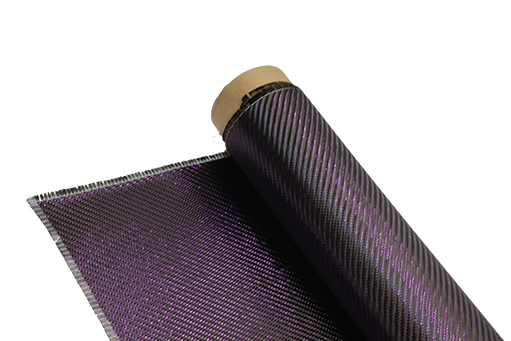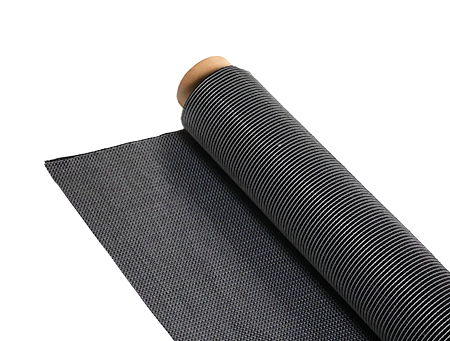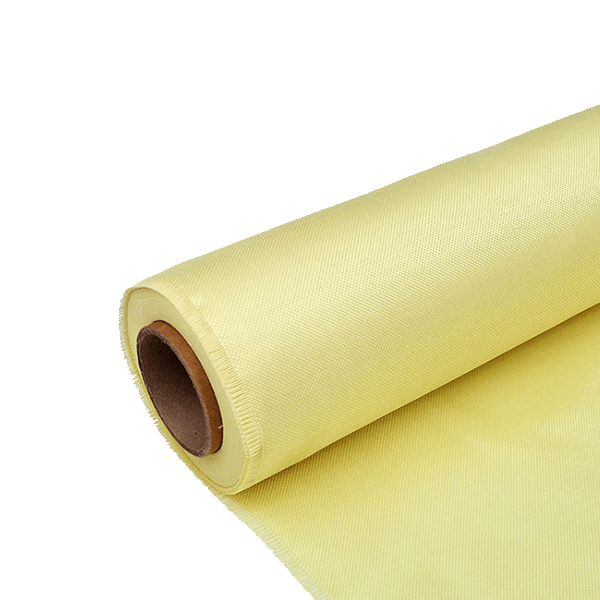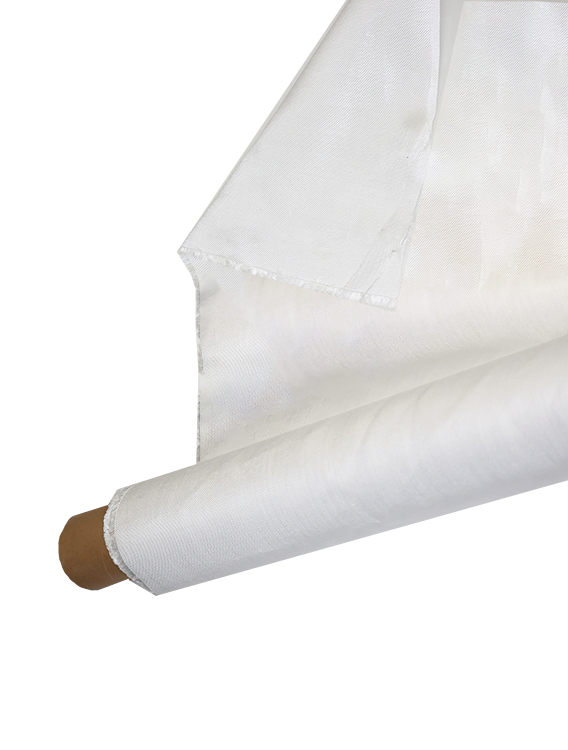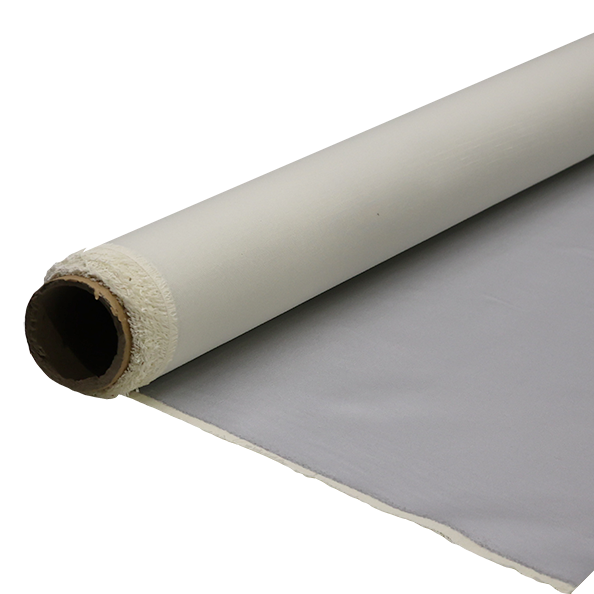How to Verify a Carbon Fiber Manufacturer’s Sustainability Claims?
-
Table of Contents
“Ensure Authenticity: Verify Carbon Fiber Manufacturers’ Sustainability Claims with Transparency and Trust.”
Introduction
Verifying a carbon fiber manufacturer’s sustainability claims is essential for ensuring that the materials used in various applications are environmentally responsible. As the demand for sustainable products increases, manufacturers often promote their eco-friendly practices. However, discerning the authenticity of these claims requires a systematic approach. This introduction outlines key steps to assess a manufacturer’s sustainability, including evaluating certifications, examining supply chain transparency, analyzing production processes, and seeking third-party audits. By following these guidelines, stakeholders can make informed decisions and support truly sustainable practices in the carbon fiber industry.
Assessing Certifications and Standards
When evaluating a carbon fiber manufacturer’s sustainability claims, one of the most critical steps is to assess their certifications and adherence to recognized standards. Certifications serve as a third-party validation of a manufacturer’s practices and can provide valuable insights into their commitment to sustainability. Therefore, it is essential to familiarize oneself with the various certifications that are relevant to the carbon fiber industry.
One of the most widely recognized certifications is the ISO 14001, which pertains to environmental management systems. This standard indicates that a manufacturer has established a framework for managing their environmental responsibilities effectively. By achieving ISO 14001 certification, a company demonstrates its commitment to minimizing its environmental impact, which is a crucial aspect of sustainability. Consequently, when assessing a manufacturer, it is prudent to inquire whether they hold this certification and to review the scope of their environmental management practices.
In addition to ISO 14001, other certifications such as the Global Recycled Standard (GRS) and the Cradle to Cradle Certified™ mark can also provide insights into a manufacturer’s sustainability efforts. The GRS, for instance, verifies the recycled content of products and ensures that the manufacturing process adheres to strict environmental and social criteria. This certification is particularly relevant for carbon fiber manufacturers that utilize recycled materials in their production processes. Therefore, confirming whether a manufacturer is GRS certified can be an essential step in verifying their sustainability claims.
Moreover, the Cradle to Cradle Certified™ mark evaluates products based on their safety, circularity, and social fairness. This certification encourages manufacturers to design products that can be reused or recycled, thereby reducing waste and promoting a circular economy. When a carbon fiber manufacturer holds this certification, it signifies a robust commitment to sustainable practices, making it a valuable point of consideration during the assessment process.
Transitioning from certifications to standards, it is also important to examine the manufacturer’s compliance with industry-specific sustainability standards. For instance, the ASTM D7611 standard outlines the requirements for the sustainable production of composite materials, including carbon fiber. By adhering to such standards, manufacturers can ensure that their processes are not only efficient but also environmentally responsible. Therefore, verifying compliance with these standards can provide further assurance of a manufacturer’s sustainability claims.
In addition to certifications and standards, transparency in reporting is another critical factor to consider. A reputable manufacturer should be willing to share information regarding their sustainability practices, including data on energy consumption, waste management, and emissions. This transparency not only reflects a commitment to sustainability but also allows potential clients to make informed decisions based on verifiable data. Consequently, it is advisable to request sustainability reports or other documentation that outlines the manufacturer’s environmental performance.
Furthermore, engaging in dialogue with the manufacturer can yield valuable insights into their sustainability practices. Asking specific questions about their sourcing of raw materials, production processes, and waste management strategies can help clarify their commitment to sustainability. A manufacturer that is genuinely dedicated to sustainable practices will likely be open to discussing these topics in detail.
In conclusion, assessing a carbon fiber manufacturer’s sustainability claims requires a thorough evaluation of their certifications, adherence to industry standards, transparency in reporting, and willingness to engage in meaningful dialogue. By taking these steps, stakeholders can make informed decisions and support manufacturers that are genuinely committed to sustainable practices in the carbon fiber industry.
Evaluating Supply Chain Transparency

In the quest for sustainable materials, carbon fiber has emerged as a popular choice across various industries, from automotive to aerospace. However, the environmental impact of carbon fiber production can vary significantly depending on the practices of the manufacturer. Therefore, verifying a carbon fiber manufacturer’s sustainability claims necessitates a thorough evaluation of their supply chain transparency. This process begins with understanding the sources of raw materials used in carbon fiber production. Manufacturers should provide clear information regarding the origin of their carbon fibers, including whether they utilize recycled materials or virgin precursors. The use of recycled carbon fiber, for instance, can significantly reduce the environmental footprint associated with production, making it a more sustainable option.
Moreover, it is essential to assess the practices of suppliers involved in the production process. A manufacturer that prioritizes sustainability will often collaborate with suppliers who adhere to similar environmental standards. This collaboration can be evaluated through certifications such as ISO 14001, which indicates a commitment to effective environmental management systems. By examining the certifications held by both the manufacturer and their suppliers, stakeholders can gain insights into the overall sustainability of the supply chain. Additionally, manufacturers should be willing to disclose information about their suppliers, including their locations and practices. This level of transparency not only fosters trust but also allows for independent verification of sustainability claims.
Furthermore, the manufacturing processes employed by the carbon fiber producer play a crucial role in determining the sustainability of the final product. It is important to inquire about the energy sources used during production. Manufacturers that utilize renewable energy sources, such as solar or wind power, can significantly reduce their carbon emissions compared to those relying on fossil fuels. Therefore, understanding the energy mix of a manufacturer’s operations is vital in evaluating their sustainability claims. In this context, manufacturers should provide data on their energy consumption and emissions, ideally in the form of third-party audits or sustainability reports.
In addition to energy use, the waste management practices of a carbon fiber manufacturer are another critical aspect of supply chain transparency. Sustainable manufacturers should have robust systems in place for managing waste generated during production. This includes recycling scrap materials and minimizing hazardous waste. By providing information on waste reduction strategies and recycling initiatives, manufacturers can demonstrate their commitment to sustainability. Moreover, it is beneficial to look for manufacturers that engage in life cycle assessments (LCAs) of their products. LCAs evaluate the environmental impact of a product from raw material extraction through to disposal, offering a comprehensive view of sustainability.
Lastly, engaging with stakeholders, including customers and industry experts, can provide valuable insights into a manufacturer’s sustainability practices. Customer testimonials, industry reviews, and participation in sustainability initiatives can all serve as indicators of a manufacturer’s commitment to transparency and sustainability. By fostering open communication and actively seeking feedback, manufacturers can enhance their credibility and demonstrate accountability.
In conclusion, verifying a carbon fiber manufacturer’s sustainability claims requires a multifaceted approach that emphasizes supply chain transparency. By scrutinizing the sources of raw materials, supplier practices, manufacturing processes, waste management strategies, and stakeholder engagement, one can gain a clearer understanding of a manufacturer’s true commitment to sustainability. This thorough evaluation not only aids in making informed purchasing decisions but also encourages manufacturers to adopt more sustainable practices in their operations.
Analyzing Environmental Impact Reports
When assessing the sustainability claims of a carbon fiber manufacturer, one of the most critical steps is to analyze their environmental impact reports. These reports serve as a comprehensive overview of a company’s practices, detailing how their operations affect the environment. To begin with, it is essential to understand what constitutes an environmental impact report. Typically, these documents outline the potential environmental consequences of a company’s activities, including resource consumption, emissions, waste management, and energy use. By examining these reports, stakeholders can gain insights into the manufacturer’s commitment to sustainability.
To effectively analyze an environmental impact report, one should first look for transparency in the data presented. A reputable manufacturer will provide clear and accessible information regarding their production processes, including the raw materials used and the energy sources powering their operations. For instance, if a manufacturer claims to use renewable energy, the report should specify the percentage of energy derived from renewable sources and the measures taken to achieve this. Furthermore, it is crucial to assess whether the report includes third-party verification. Independent audits lend credibility to the claims made by the manufacturer, as they provide an unbiased evaluation of the company’s environmental practices.
In addition to transparency and third-party verification, it is important to scrutinize the specific metrics used in the report. Key performance indicators (KPIs) such as carbon emissions per unit of production, water usage, and waste generation can provide valuable insights into the environmental impact of the manufacturing process. By comparing these metrics against industry standards or benchmarks, one can gauge the manufacturer’s performance relative to its peers. For example, if a carbon fiber manufacturer reports significantly lower carbon emissions than the industry average, this may indicate a genuine commitment to sustainability.
Moreover, it is beneficial to examine the manufacturer’s goals and targets outlined in the report. A forward-thinking company will not only report on its current performance but will also set ambitious sustainability targets for the future. These goals may include reducing greenhouse gas emissions, increasing energy efficiency, or achieving zero waste in production. By evaluating the feasibility and timeline of these targets, stakeholders can better understand the manufacturer’s long-term commitment to sustainability. It is also worth noting whether the company has a history of meeting its previous sustainability goals, as this can be a strong indicator of its reliability.
Another aspect to consider is the manufacturer’s engagement with stakeholders, including local communities and environmental organizations. A responsible manufacturer will actively seek input from these groups and incorporate their feedback into its sustainability strategies. This engagement can be reflected in the environmental impact report through case studies, partnerships, or community initiatives. By fostering collaboration, manufacturers can enhance their sustainability efforts and demonstrate a holistic approach to environmental stewardship.
Finally, it is essential to remain critical and discerning when analyzing environmental impact reports. While many manufacturers may present themselves as environmentally friendly, it is crucial to look beyond marketing claims and assess the substance of their practices. By carefully evaluating the transparency, metrics, goals, and stakeholder engagement outlined in these reports, one can form a well-rounded understanding of a carbon fiber manufacturer’s sustainability claims. Ultimately, this thorough analysis not only aids in making informed purchasing decisions but also encourages manufacturers to uphold higher standards of environmental responsibility.
Q&A
1. **What certifications should I look for to verify a carbon fiber manufacturer’s sustainability claims?**
Look for certifications such as ISO 14001 (Environmental Management), ISO 50001 (Energy Management), and specific sustainability certifications like the Global Recycled Standard (GRS) or the Cradle to Cradle Certified.
2. **How can I assess the transparency of a carbon fiber manufacturer regarding their sustainability practices?**
Review the manufacturer’s sustainability reports, which should detail their environmental impact, resource usage, and waste management practices. Transparency in supply chain sourcing and third-party audits also indicates credibility.
3. **What questions should I ask the manufacturer to evaluate their sustainability efforts?**
Inquire about their raw material sourcing, energy consumption, waste management strategies, and any initiatives for reducing carbon emissions. Additionally, ask about their lifecycle assessment practices for their products.

